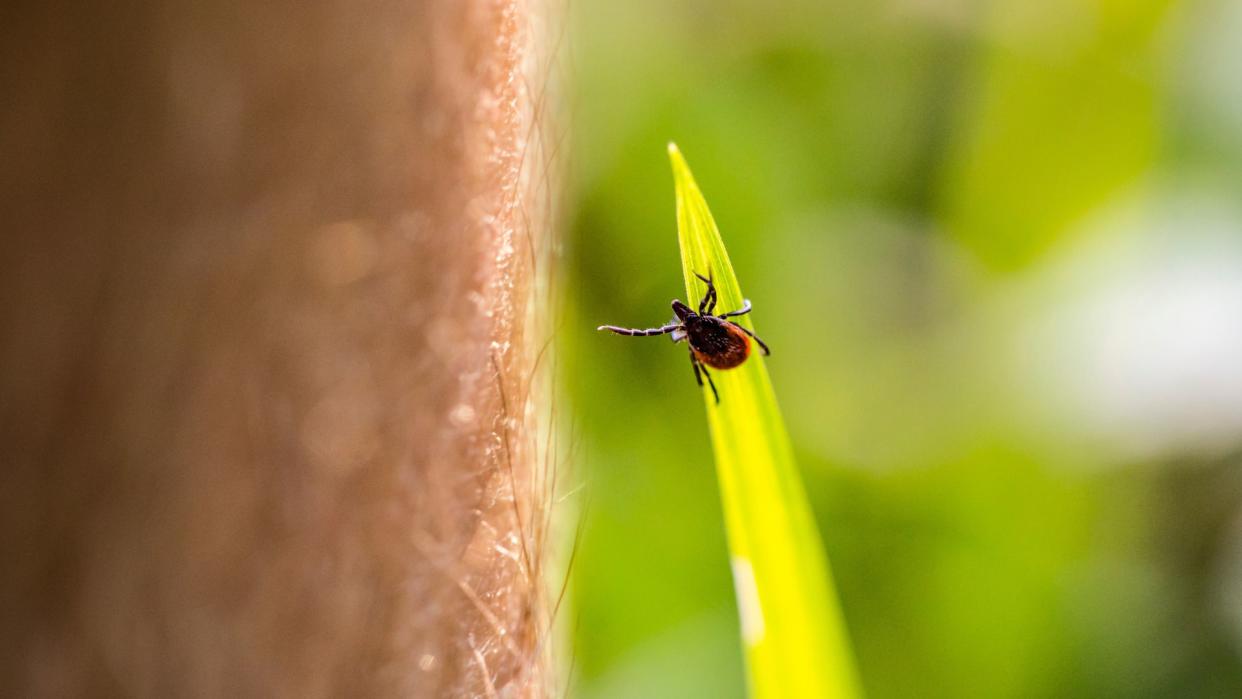Tick-borne parasite is spreading in the Northeast, CDC says

A tick-borne parasite has invaded new territory in the northeastern U.S. and can now be considered "endemic" in three additional states, meaning it now regularly infects people in places where it didn't before.
The microscopic parasite, a single-celled organism called Babesia microti, can spread to humans through the bites of blacklegged ticks (Ixodes scapularis), also called deer ticks. The parasite invades red blood cells and causes an infection called babesiosis. Many babesiosis cases are asymptomatic, but some people develop flu-like symptoms, such as fever, body aches and fatigue, according to the Centers for Disease Control and Prevention (CDC).
More rarely, babesiosis can be severe and even deadly. Those at risk of serious infections include older people, people with weakened immune systems, those with serious conditions like liver or kidney disease and those without a spleen — an immune-related organ that is sometimes removed for medical reasons.
Between 2011 and 2019, 37 states reported 16,456 cases of babesiosis to the CDC, according to the agency's Morbidity and Mortality Weekly Report (MMWR) published March 17. More than 98% of these cases were reported by 10 states: Connecticut, Wisconsin, Massachusetts, Minnesota, New Jersey, New York, Rhode Island, Vermont, New Hampshire and Maine. Babesiosis was already considered endemic to the first seven states prior to 2011, but not the latter three.
Related: Tick-borne illnesses are on the rise. Here's how to protect yourself.
Over the eight-year study period, annual rates of B. microti infections skyrocketed in those last three states. Vermont's rate rose from two cases in 2011 to 34 in 2019; New Hampshire's increased from 13 to 63; and Maine's leapt from 9 to 138.
"Based on the increasing numbers of cases, trends in rates, and the parasite's presence in ticks within the states, CDC now considers babesiosis to be endemic in these states," the MMWR authors noted.
Five other states in the "top 10" saw their annual babesiosis rates increase during the study period. These included Connecticut, Massachusetts, New Jersey, Rhode Island and New York. By contrast, the case rates in Minnesota and Wisconsin "remained stable" during this time.
RELATED STORIES
—9 out of 10 ticks in this Pennsylvania park carried a potentially fatal neurological virus
—Your skin should be toxic to ticks. Here's why it's not.
—Lyme disease-carrying ticks may invade new territory in the Midwest
"Members of the public and health care providers in states with endemic babesiosis and bordering states should be aware of the clinical signs of babesiosis and risk factors for Babesia infection," the MMWR authors concluded.
"Persons spending time outdoors in states with endemic babesiosis should practice tick bite prevention, including wearing long pants, avoiding underbrush and long grass, and using tick repellents."

